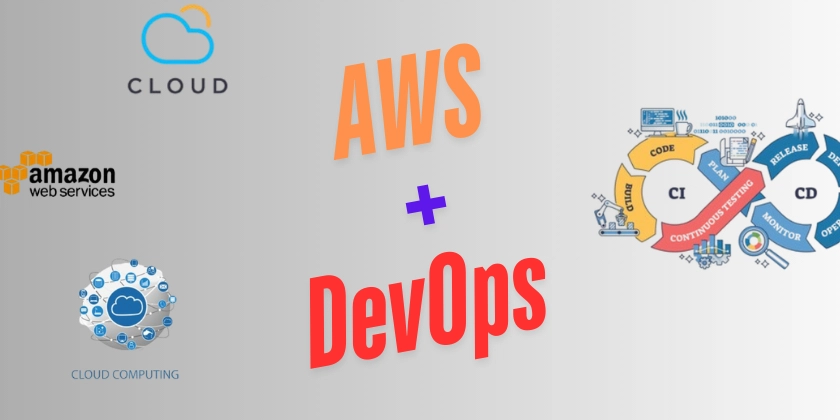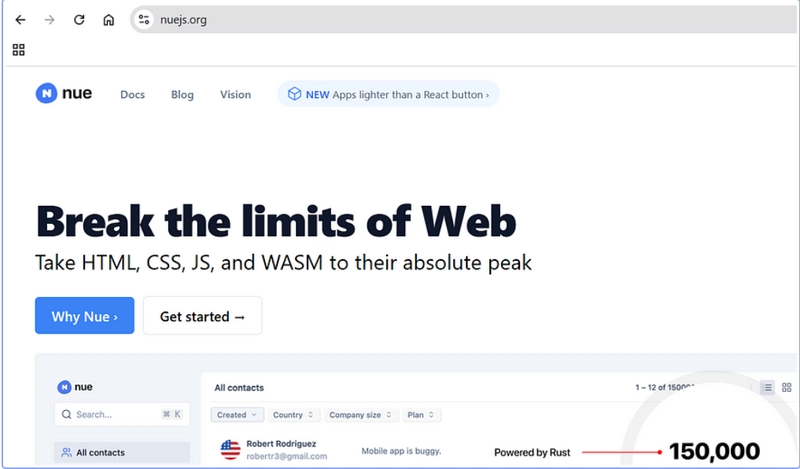Day 01 : Cloud Essentials
Cloud: Cloud refers to a network of remote servers hosted on the Internet that store, manage, and process data, rather than using a local server or personal computer. These servers are accessed over the internet and provide various computing services like storage, databases, networking, software and more. Computing: Computing is the service provided like store, process and communicate with the server. Cloud Computing: Cloud Computing is on-demand provisioning of IT services. Hypervisor: A Hypervisor is a software layer that enables multiple virtual machines (VMs) to run on a single physical hardware host. It acts as a virtualization manager, allocating resources (CPU, memory, storage, and network) to each virtual machine while keeping them isolated from one another. Why Cloud is preferred over physical Server? Server has Requirements like- Infrastructure Running it 24x7 Electricity Internet Admin Configuration as RAM, Storage, etc. Cloud overcomes all these requirements as it is available through internet connection in cheaper cost. Problems solved by cloud: Put your data only, no need of server setup. Scalability, increase server capacity as per traffic. Provider maintains infra no need to worry. Characteristics of Cloud Computing: On-demand self-service. Broad network access availability -Access through any device and internet service provider. Resource pooling. Rapid Elasticity – Size of server can be increased as per need. Measured service – Pay as you go. Types of Cloud: Deployment Model Service Model Deployment model: Types: Public Cloud Anyone can access. Pay as per use. Managed by third parties. Ex. Azure, EC2, IBM Ex. Twitter, Instagram Data. Private Cloud Cloud infrastructure is dedicated to a single organization, offering greater control and security. Hybrid Cloud Divide data in both private and public Cloud as per need. Critical activity by private cloud. Non-critical activity by public cloud. Ex. Google Application Suite, Office 365, AWS. Community Cloud Accessible by group of people or organizations of same type or community. Owned, Managed and operated by one or more organization. Ex. Healthcare Community Cloud. Multi Cloud More than one cloud service providers are utilised. Access service according to need and cost effectiveness. Ex. AWS, Azure, GCP. Service Model: Types: IaaS PaaS SaaS

Cloud:
Cloud refers to a network of remote servers hosted on the Internet that store, manage, and process data, rather than using a local server or personal computer.
- These servers are accessed over the internet and provide various computing services like storage, databases, networking, software and more.
Computing:
Computing is the service provided like store, process and communicate with the server.
Cloud Computing:
Cloud Computing is on-demand provisioning of IT services.
Hypervisor:
A Hypervisor is a software layer that enables multiple virtual machines (VMs) to run on a single physical hardware host. It acts as a virtualization manager, allocating resources (CPU, memory, storage, and network) to each virtual machine while keeping them isolated from one another.
Why Cloud is preferred over physical Server?
Server has Requirements like-
- Infrastructure
- Running it 24x7
- Electricity
- Internet
- Admin
- Configuration as RAM, Storage, etc.
Cloud overcomes all these requirements as it is available through internet connection in cheaper cost.
Problems solved by cloud:
- Put your data only, no need of server setup.
- Scalability, increase server capacity as per traffic.
- Provider maintains infra no need to worry.
Characteristics of Cloud Computing:
- On-demand self-service.
- Broad network access availability -Access through any device and internet service provider.
- Resource pooling.
- Rapid Elasticity – Size of server can be increased as per need.
- Measured service – Pay as you go.
Types of Cloud:
- Deployment Model
- Service Model
Deployment model:
Types:
- Public Cloud
- Anyone can access.
- Pay as per use.
- Managed by third parties.
- Ex. Azure, EC2, IBM
- Ex. Twitter, Instagram Data.
Private Cloud
Cloud infrastructure is dedicated to a single organization, offering greater control and security.Hybrid Cloud
- Divide data in both private and public Cloud as per need.
- Critical activity by private cloud.
- Non-critical activity by public cloud.
- Ex. Google Application Suite, Office 365, AWS.
- Community Cloud
- Accessible by group of people or organizations of same type or community.
- Owned, Managed and operated by one or more organization.
- Ex. Healthcare Community Cloud.
Multi Cloud
More than one cloud service providers are utilised.
Access service according to need and cost effectiveness.
Ex. AWS, Azure, GCP.
Service Model:
Types:
- IaaS
- PaaS
- SaaS











































































































































































![[The AI Show Episode 142]: ChatGPT’s New Image Generator, Studio Ghibli Craze and Backlash, Gemini 2.5, OpenAI Academy, 4o Updates, Vibe Marketing & xAI Acquires X](https://www.marketingaiinstitute.com/hubfs/ep%20142%20cover.png)




























































































































![[DEALS] The Premium Learn to Code Certification Bundle (97% off) & Other Deals Up To 98% Off – Offers End Soon!](https://www.javacodegeeks.com/wp-content/uploads/2012/12/jcg-logo.jpg)


![From drop-out to software architect with Jason Lengstorf [Podcast #167]](https://cdn.hashnode.com/res/hashnode/image/upload/v1743796461357/f3d19cd7-e6f5-4d7c-8bfc-eb974bc8da68.png?#)








































































































.png?#)


































_Christophe_Coat_Alamy.jpg?#)
.webp?#)
 (1).webp?#)






































































































![Apple Considers Delaying Smart Home Hub Until 2026 [Gurman]](https://www.iclarified.com/images/news/96946/96946/96946-640.jpg)
![iPhone 17 Pro Won't Feature Two-Toned Back [Gurman]](https://www.iclarified.com/images/news/96944/96944/96944-640.jpg)
![Tariffs Threaten Apple's $999 iPhone Price Point in the U.S. [Gurman]](https://www.iclarified.com/images/news/96943/96943/96943-640.jpg)

































































































































